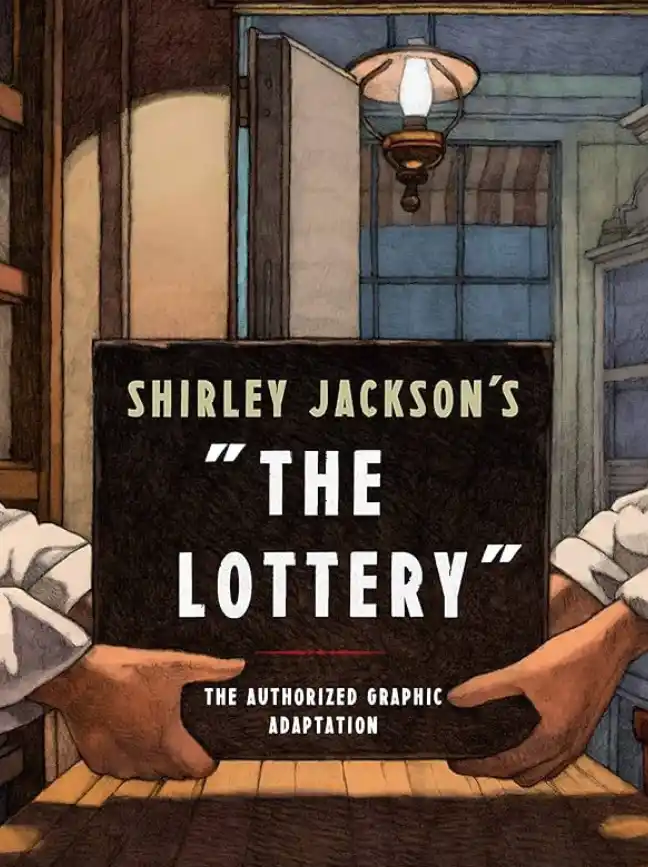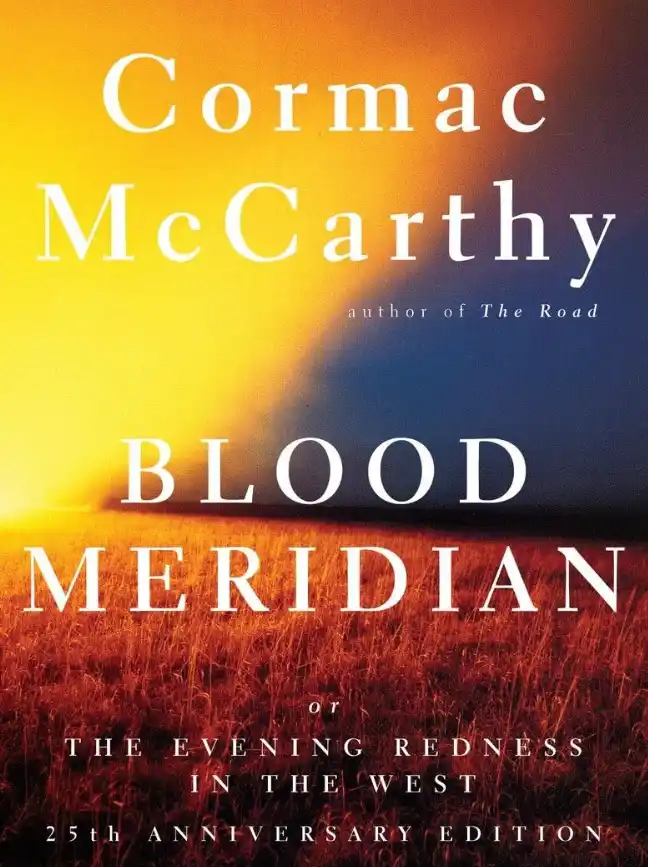gentle skill building: setting functional
priorities
regardless of how tightly we embrace the functional view of care tasks, the reality is there are seasons of life when there are more
care tasks to do than there is time in the day (or energy in the body). Work, relationships, activism, care tasks, hobbies, and, for some,
parenting all compete for that same time and energy.4 Even if we understand that doing everything perfectly is impossible, most of us still have a hard time shaking the constant guilt about how things should look. It can be a struggle deciding exactly what to prioritize when time and energy are short.
One tool that can be very helpful when deciding how to prioritize and de-prioritize items is the 9 square. Pick an area of your life.
School, activism, parenting, et cetera. For our example, we will use self-care. Write a list of things you think are important for your self- care. First, think of the self-care items that have the highest impact on your mental health. Let’s say taking your medication, showering, and having clean dishes.
Next list those item that have a medium impact (rest, socializing, and exercise) and those that have a lower impact (laying out
tomorrow’s outfit, folding clothes, and cleaning your floors). You can choose as many items as you’d like. Next, divide them into those things that take low effort, medium effort, or a high amount of effort. Place your items in the corresponding squares in the chart.
Once the chart is filled out, you can use it to determine what to focus on. When things in your life are ideal, you may strive to do all of the squares. Come under some stress and the black square is de- prioritized without guilt. Come under a bit more stress or for a
prolonged period and the dark blue squares are de-prioritized in order to focus on the light blue squares.
It may seem odd that laying out an outfit for tomorrow is
prioritized over exercise. But this way of thinking of priorities allows you to do the most good with the least amount of energy.
This tool isn’t meant to tell you what to do as much as give you permission to not feel guilty about what you don’t do. If you find it helpful, a good friend or a therapist can help you fill it out and act as validation when deciding what priority level you are on. It’s helpful when seeing your dirty floor to replace “I just can’t keep up” with “I’ve de-prioritized floors for a more important task right now.”
Take this parenting example. When I’ve got a lot going on, I don’t fret whether our food is organic, since that is level 3 priority. During especially difficult times (like, say, being quarantined with two small children for months on end) I de-prioritize limiting screen time,
getting daily outside play, and keeping toys nonelectronic. I’m not saying they aren’t important, just acknowledging that if I only have limited capacity, not yelling, helping my kids understand their
feelings, physical affection, reading, and telling my kids I’m proud of them are going to have a greater impact on them than the other items (and, more importantly, a greater impact than attempting to do it all and, as a result, not being able to do any of it).
Christine Miserandino is a disability advocate who articulates this in her concept of Spoon Theory, which is a helpful resource in understanding chronic illness.








